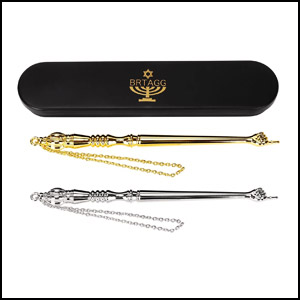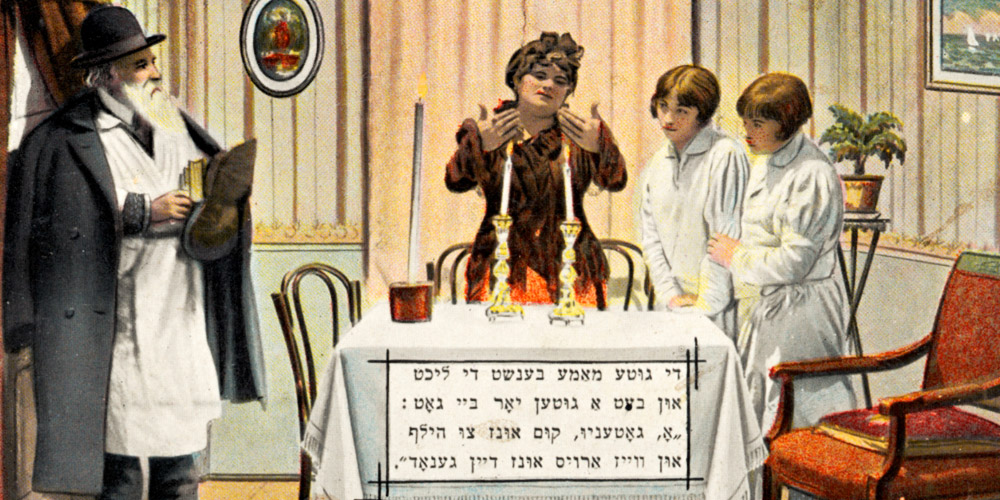
Contents
🕍 The Essence of the Jewish Kittel
What is a Jewish Kittel?
The Jewish Kittel, a simple yet profound white garment, holds deep symbolic significance in Jewish culture. Often worn on high holy days like Yom Kippur and during Passover Seders, it represents purity, humility, and renewal.
Why Wear a Kittel?
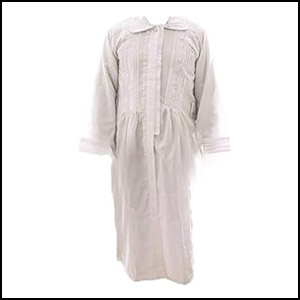
- 🌟 Spiritual Significance: Embraces purity and humility, key virtues in Jewish tradition.
- 🔍 Cultural Connection: Connects you with centuries-old traditions, enhancing your religious experience.
- 🎉 Festive and Solemn Occasions: Perfect for significant events, adding a layer of solemnity and celebration.
Why Invest in a Jewish Kittel?
- ✨ Quality Craftsmanship: Made to last, becoming a cherished family heirloom.
- 📚 Educational Value: Great for teaching younger generations about Jewish traditions and values.
- 🤝 Community Bonding: Wearing a Kittel fosters a sense of unity and belonging in communal gatherings.
🌈 Embrace Tradition, Embrace Identity
Owning a Jewish Kittel is more than a purchase; it’s an investment in your spiritual journey and cultural heritage. It’s not just a garment; it’s a symbol of faith, history, and identity.
🔍 Brief Overview of the Jewish Kittel
The Jewish Kittel, a garment steeped in tradition, is a symbol of purity and humility. It’s a plain, white robe typically made from cotton or linen. This attire is not just clothing; it is a profound emblem worn during significant Jewish rituals and holidays, notably Yom Kippur, the Jewish Day of Atonement, and Passover Seders.
🌱 Significance in Jewish Culture

- ✅ Tradition and Identity: The Kittel is more than a ceremonial garb; it’s a tangible connection to Jewish heritage. It serves as a physical representation of one’s commitment to their faith and cultural identity.
- ✅ Symbolism of Purity: The white color of the Kittel is deliberate, symbolizing purity and spiritual cleansing. It’s a visual reminder of the need for self-reflection and humility, especially during holy days.
- ✅ A Unifying Garment: Worn by many during key festivals, the Kittel creates a sense of unity and equality among those participating. It transcends social and economic distinctions, bringing everyone to the same level in the eyes of tradition.
- ✅ Life’s Milestones: Interestingly, the Kittel is also worn by grooms at Jewish weddings and is a traditional shroud for the deceased. This wide range of use highlights its importance at various pivotal moments of a Jewish person’s life, from joyous celebrations to solemn farewells.
Historical Roots 📜🕒
The Kittel’s journey begins in the tapestry of Jewish history. Originating in medieval times, this garment has roots in Eastern European Jewish communities. Initially, it served as a practical attire for Sabbath and holidays, symbolizing a break from the mundane to the sacred.
As centuries passed, the Kittel evolved in both form and meaning. In the 16th century, it became associated with penitence, particularly during Yom Kippur. By the 18th century, its use expanded to other significant life events, reflecting the Jewish ethos across time.
- ☑️ Renaissance Era: The Kittel began to symbolize equality before God, especially during prayers, embodying a universal human condition devoid of social status.
- ☑️ Modern Times: Today, the Kittel is an emblem of Jewish tradition globally. It has adapted to contemporary fabrics and styles, yet its essence remains unchanged, deeply rooted in Jewish cultural and spiritual life.
Symbolism Unraveled

- 🕊️ Purity and Renewal. In Jewish tradition, the Kittel is a potent symbol of purity and renewal. Its use during Yom Kippur, a day dedicated to atonement and spiritual cleansing, emphasizes this symbolism. Wearing the Kittel is a physical representation of the wearer’s intent to purify their soul and start anew, embodying a state of innocence and unblemished character.
- 🤍 The Color White in Jewish Lore. White, the color of the Kittel, holds significant meaning in Jewish culture. It represents purity, peace, and divine presence. In the context of the Kittel, white is a visual metaphor for starting a clean slate, free from past transgressions or societal labels. It’s a color that promotes introspection and spiritual clarity, essential during solemn observances.
- 🔗 Connection to High Holy Days. The Kittel’s role during High Holy Days, such as Yom Kippur and Passover, is integral. On Yom Kippur, it aligns with the day’s theme of repentance and self-examination. During Passover, it symbolizes freedom and redemption, echoing the historical journey of the Israelites from slavery to liberation. This connection highlights the garment’s multifaceted symbolism in Jewish rituals, linking it intrinsically to the core tenets of the faith.
Our Pick Of The Best Jewish Kittel
1# Embroidered White Kittel

Discover the elegance and tradition encapsulated in the Embroidered White Kittel. Meticulously crafted from premium white fabric, this Kittel stands out with its delicate embroidery, adding a touch of sophistication while maintaining its symbolic purity and simplicity. Ideal for Jewish High Holy Days, weddings, and other ceremonial occasions, it offers a comfortable fit, ensuring ease of movement and durability. Perfect for those seeking to honor their heritage with a garment that blends traditional design with artistic craftsmanship, the Judaica Kittel is a beautiful embodiment of Jewish culture and faith.
2# Art Judaica Kittel Fancy Embroidered Design

View on JudaicaWebStore View on Amazon
Enhance your ceremonial attire with the Art Judaica Kittel, featuring a fancy embroidered design. This exceptional Kittel is crafted from high-quality white fabric, blending tradition with a touch of modern elegance. Its intricate embroidery showcases artistic finesse, adding a unique aesthetic while respecting the garment’s cultural significance. Ideal for Jewish High Holy Days, weddings, and other significant events, it provides both comfort and style. This Art Judaica Kittel is perfect for those who appreciate a blend of contemporary design with traditional symbolism, making it a meaningful and stylish addition to your religious wardrobe.
3# Judaica Kittel With Silver Stripes
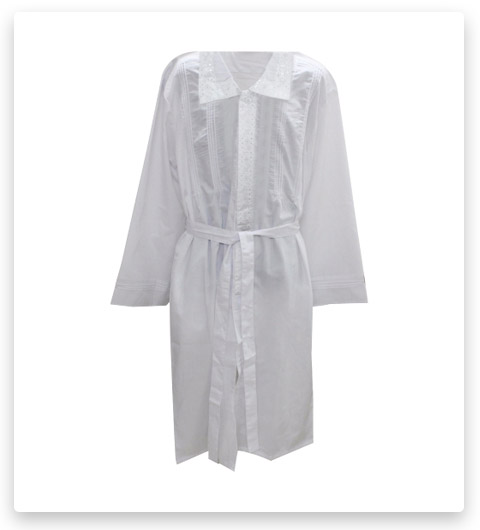
Experience a blend of tradition and contemporary style with the Judaica Kittel with Silver Stripes. This unique garment is made from high-quality white fabric, distinguished by elegant silver stripes that add a modern twist to the traditional design. Ideal for Jewish High Holy Days, weddings, and special ceremonies, this Kittel offers a comfortable fit while making a stylish statement. The silver stripes not only enhance its appearance but also pay homage to the garment’s deep cultural and religious significance. Perfect for those looking to honor their heritage in a distinctive way, this Judaica Kittel is a fusion of heritage and modern elegance.
4# Judaica Place Kittel Non-Iron Twill Design
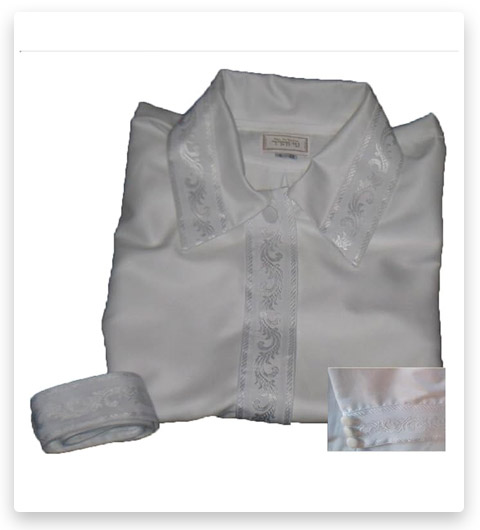
Embrace convenience and tradition with the Judaica Place Kittel in a Non-Iron Twill Design. Crafted from high-quality twill fabric, this Kittel stands out for its practicality, boasting a non-iron feature that ensures it remains crisp and neat with minimal effort. The classic white color retains the traditional essence, while the durable twill material adds a contemporary and functional touch. Ideal for busy individuals attending Jewish High Holy Days, weddings, or other ceremonial events, this Kittel merges ease of maintenance with ceremonial elegance. Perfect for those seeking a blend of traditional symbolism and modern convenience, the Judaica Place Non-Iron Twill Kittel is an essential addition to your ceremonial wardrobe.
Design and Craftsmanship
🧵 Material and Making
The Jewish Kittel is traditionally crafted from white linen or cotton, chosen for their simplicity and modesty. These natural fibers symbolize a return to basics, a key theme in many Jewish rituals. The making of a Kittel involves meticulous craftsmanship, with attention to detail ensuring both durability and comfort. Often, subtle embroideries or patterns are added, enhancing its elegance without detracting from its symbolic purity.
👗 Variations and Styles Through Time
Over time, the design of the Kittel has seen subtle changes, reflecting both cultural influences and practical considerations:

- 🔳 Early Designs: Initially, Kittels were simpler, with minimal adornment, focusing on the symbolic importance rather than aesthetics.
- 🔳 Modern Adaptations: Contemporary versions might feature slight stylistic variations such as different collar styles, cuff designs, and lengths. Some communities have specific styles that signify their unique traditions and interpretations.
Despite these variations, the fundamental design of the Kittel – a white, unostentatious robe – remains consistent, symbolizing the timeless values it represents. This blend of tradition with subtle variations exemplifies the dynamic nature of Jewish cultural expression through garments.
The Kittel Beyond Religion
The Kittel, while deeply rooted in Jewish religious practices, transcends its religious confines, influencing broader cultural spheres. In many Jewish communities, it serves as a symbol of identity and heritage, often showcased in cultural events and Jewish festivals. Its embodiment of values such as humility and purity resonates in various societal discussions, making it a subject of interest in interfaith dialogues and cultural exchange programs. The Kittel, thus, becomes a bridge, fostering understanding and respect among different cultures.
The simple elegance of the Kittel has also found its way into the world of art and fashion. Designers have drawn inspiration from its minimalist aesthetic, incorporating elements of its design into modern apparel. In the realm of visual arts, the Kittel has been depicted in paintings and sculptures, symbolizing peace, spirituality, or historical Jewish life. Additionally, in literature and theater, it often appears as a powerful symbol, representing various themes from Jewish folklore and history. This artistic fascination with the Kittel showcases its influence beyond religious boundaries, underscoring its role as an enduring icon in Jewish cultural heritage.
🛍️ How to Choose the Right Kittel
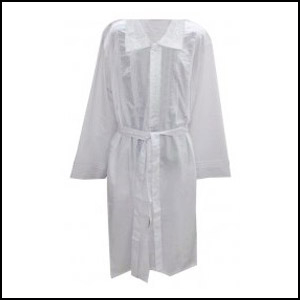
- 🟡 Material Matters: Look for high-quality linen or cotton for comfort and durability. The fabric should feel comfortable against the skin and be suitable for the specific climate of your region.
- 🟡 Fit and Comfort: Ensure the right fit – not too tight or too loose. A well-fitted Kittel allows ease of movement, especially important during long ceremonies.
- 🟡 Style Considerations: Choose a style that resonates with your personal taste and your community’s tradition. Some prefer plain designs, while others might opt for subtle embellishments.
- 🟡 Quality of Craftsmanship: Check the stitching and finishing. A well-made Kittel should have even seams and no loose threads, ensuring it holds up over time.
- 🟡 Ease of Maintenance: Consider how easy it is to clean and maintain. Given its white color, the ability to wash and remove stains easily is important.
🏷️ Where to Purchase
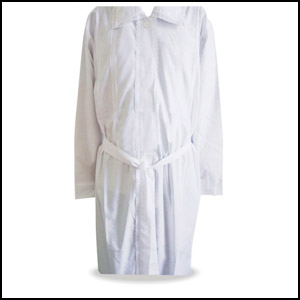
- 🟣 Online Jewish Stores: There are numerous online stores specializing in Jewish religious garments. They often provide a wide range of options and styles.
- 🟣 Local Jewish Community Centers: Some community centers or synagogues may have recommendations or even sell Kittels directly.
- 🟣 Specialty Religious Garment Stores: Look for stores in your area that specialize in religious garments. They often offer personalized service and fitting.
- 🟣 Direct from Artisans: In some areas, you can purchase a Kittel directly from artisans who specialize in religious garments, offering a more personalized and custom-made option.
- 🟣 Reviews and Recommendations: Check reviews and ask for recommendations from friends or community members to find a reliable source.
When purchasing a Kittel, remember it’s more than just a garment; it’s a symbol of your connection to tradition and faith. Take the time to choose one that feels right for you.
Conclusion
🔄 The Kittel’s Role in Reinforcing Jewish Identity
The Kittel is more than a garment; it’s a powerful emblem of Jewish identity and tradition. It serves as a tangible link to the past, connecting individuals to their heritage and community. Wearing a Kittel is a physical manifestation of embracing one’s roots, a ritual that reinforces the sense of belonging to the rich tapestry of Jewish history and culture. It acts as a reminder of the values and principles central to Judaism, helping to keep the essence of the faith alive in modern times.
🌍 Its Universal Message of Peace and Humility
Beyond its significance in Jewish rituals, the Kittel conveys a universal message of peace, humility, and equality. Its simplicity and purity transcend religious boundaries, resonating with people from diverse backgrounds and beliefs. The Kittel reminds us of the fundamental human values that we all share, encouraging a spirit of understanding and respect among different cultures. In a world often divided by differences, the Kittel stands as a symbol of the common ground we share in our collective human experience.
📚 Additional Resources
For those interested in delving deeper into the subject of the Jewish Kittel, a wealth of resources is available. Here are some categories and types of resources you might explore:
- Books on Jewish Customs and Traditions: Look for comprehensive texts that cover a range of Jewish customs, including the wearing of the Kittel.
- Cultural Anthropology Studies: Academic papers or books focusing on the cultural significance of Jewish ceremonial garments.
- Historical Texts: Books or documents that trace the history of Jewish clothing, offering a broader context for the Kittel’s origins and evolution.
🔗 Links to Further Reading
- Jewish Cultural Websites: Websites dedicated to Jewish culture and heritage often have articles and essays on traditional garments, including the Kittel.
- Online Jewish Libraries: Digital archives of Jewish texts may include historical references to the Kittel.
- Educational Platforms: Look for online courses or webinars focusing on Jewish traditions and customs, which might offer insights into the significance of the Kittel.
- Documentaries and Video Series: Visual media can provide an engaging way to learn about the Kittel and its role in Jewish ceremonies.
💌 Final Thoughts
As we conclude our exploration of the Jewish Kittel, we extend an invitation to you. Whether you are of Jewish heritage or simply interested in learning about diverse cultures and traditions, the Kittel offers a fascinating insight into the rich tapestry of Jewish life. Its simplicity belies deep symbolic meanings and a history interwoven with the Jewish experience.
We encourage you to embrace and explore these traditions further. Engaging with the customs and stories behind the Kittel can open doors to a broader understanding of Jewish culture, its values, and its enduring legacy. This exploration is not just about a garment; it’s about connecting with a lineage of faith, history, and humanity.
In the spirit of the Kittel – with humility and openness – step into the world of Jewish traditions. You’ll find a journey filled with learning, respect, and perhaps a deeper understanding of our shared human experience.

